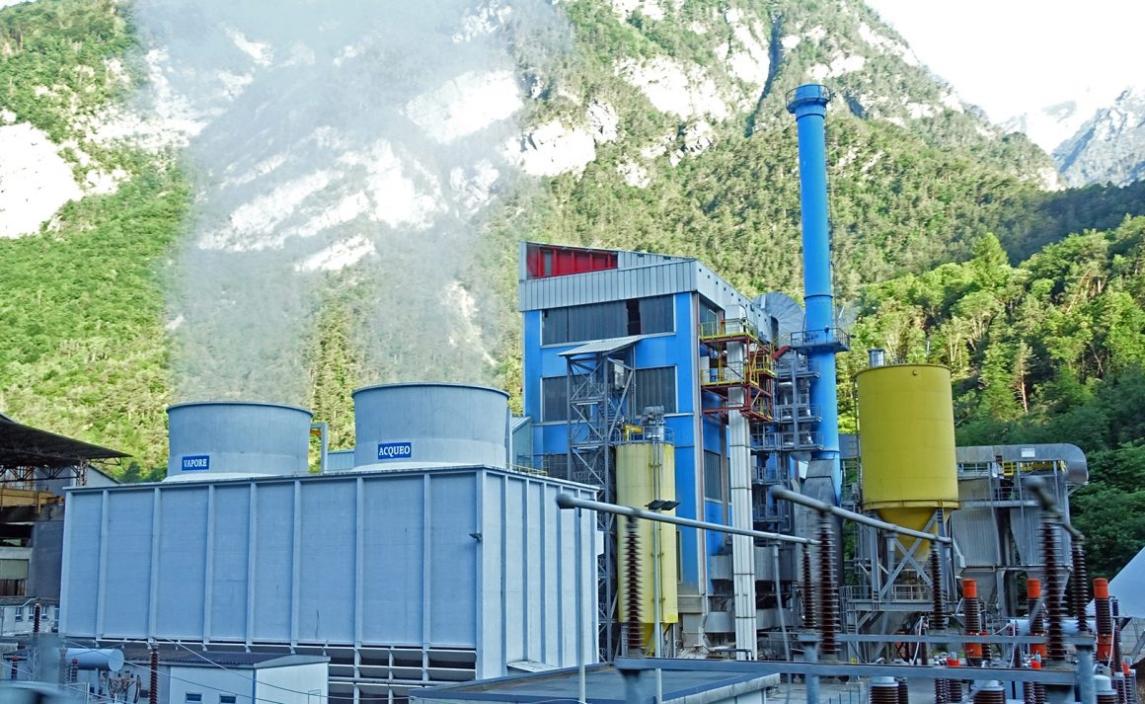How Can I Get Involved in Biomass Energy Projects?
As the world grapples with the twin challenges of climate change and energy security, biomass energy is emerging as a promising solution. Derived from organic materials, biomass offers a renewable, sustainable, and carbon-neutral source of energy. This article explores the significance of biomass energy, the various types of biomass energy projects, their benefits, and the steps involved in getting involved in these projects.

Understanding Biomass Energy Projects
Biomass energy projects utilize organic materials, such as agricultural residues, forestry residues, and municipal solid waste, to generate electricity, heat, or biofuels. These projects play a crucial role in addressing climate change by reducing greenhouse gas emissions and promoting sustainable waste management. Additionally, biomass energy projects contribute to energy security by diversifying energy sources and reducing reliance on fossil fuels.
Types Of Biomass Energy Projects
- Biopower: Biomass is combusted or gasified to generate electricity or heat. This process can be applied in power plants, industrial facilities, or residential settings.
- Biofuels: Biomass is converted into liquid or gaseous fuels, such as biodiesel, ethanol, or biogas, which can be used to power vehicles or generate electricity.
- Biomass Heating: Biomass is burned directly to produce heat for residential, commercial, or industrial purposes. This can be achieved through wood stoves, pellet boilers, or biomass furnaces.
Feedstocks For Biomass Energy Projects
- Agricultural Residues: Crop residues, such as corn stover, wheat straw, and sugarcane bagasse, are abundant and readily available feedstocks for biomass energy projects.
- Forestry Residues: Logging residues, such as branches, tops, and stumps, as well as wood processing residues, such as sawdust and bark, can be utilized for biomass energy production.
- Municipal Solid Waste: Organic components of municipal solid waste, such as food scraps, paper, and yard waste, can be diverted from landfills and converted into biomass energy.
Processes For Converting Biomass Into Energy
- Combustion: Biomass is burned directly to produce heat or electricity. This is the most common method for converting biomass into energy.
- Gasification: Biomass is heated in a controlled environment with limited oxygen, producing a combustible gas mixture called syngas. Syngas can be used to generate electricity or heat.
- Anaerobic Digestion: Organic matter in biomass is broken down by microorganisms in the absence of oxygen, producing biogas, which is primarily composed of methane. Biogas can be used to generate electricity or heat.
Benefits Of Getting Involved In Biomass Energy Projects
Getting involved in biomass energy projects offers numerous benefits, both economic and environmental.
Economic Benefits
- Job Creation and Economic Development: Biomass energy projects create jobs in rural areas, contributing to economic development. These jobs include feedstock production, project construction, and operation and maintenance.
- Reduced Reliance on Fossil Fuels and Increased Energy Independence: Biomass energy projects reduce reliance on fossil fuels, enhancing energy security and independence. This can lead to lower energy costs and a more stable energy supply.
- Potential for Carbon Credits and Other Financial Incentives: Many countries offer financial incentives, such as carbon credits and tax breaks, to promote biomass energy projects. These incentives can make biomass energy projects more economically viable.
Environmental Benefits
- Reduced Greenhouse Gas Emissions and Improved Air Quality: Biomass energy projects reduce greenhouse gas emissions compared to fossil fuels. Additionally, they can improve air quality by reducing emissions of pollutants such as particulate matter and sulfur dioxide.
- Sustainable Waste Management and Reduced Landfill Waste: Biomass energy projects divert organic waste from landfills, reducing the environmental impact of waste disposal. This also conserves landfill space and reduces the need for waste incineration.
- Conservation of Natural Resources and Biodiversity: Biomass energy projects can contribute to the conservation of natural resources and biodiversity by reducing the demand for fossil fuels and promoting sustainable land management practices.
Steps To Get Involved In Biomass Energy Projects
Getting involved in biomass energy projects requires careful planning and execution. The following steps provide a general overview of the process:
- Research and Identify Potential Biomass Energy Projects: Research potential biomass energy projects in your area. This includes identifying feedstock availability, market demand, and regulatory requirements.
- Assess the Feasibility of the Project: Assess the feasibility of the project by evaluating factors such as resource availability, market demand, and regulatory requirements. This may involve conducting a feasibility study.
- Develop a Business Plan and Secure Financing: Develop a comprehensive business plan that outlines the project's objectives, strategies, and financial projections. Secure financing for the project from banks, investors, or government grants.
- Obtain the Necessary Permits and Approvals: Obtain the necessary permits and approvals from local and state authorities. This may include environmental permits, building permits, and zoning approvals.
- Construct and Operate the Biomass Energy Project: Construct the biomass energy project according to the approved plans and specifications. Operate the project in compliance with environmental and safety regulations.
Challenges And Considerations

Biomass energy projects face several challenges, including:
- Feedstock Availability: Ensuring a reliable and sustainable supply of biomass feedstock can be challenging, especially in regions with limited biomass resources.
- Technological Limitations: Biomass energy technologies are still evolving, and there are ongoing efforts to improve efficiency and reduce costs.
- Policy Uncertainties: Policy uncertainties, such as changes in government regulations or subsidies, can affect the viability of biomass energy projects.
To address these challenges, it is important to:
- Promote Sustainable Feedstock Production: Encourage sustainable feedstock production practices, such as agroforestry and sustainable forest management, to ensure a reliable supply of biomass.
- Invest in Research and Development: Invest in research and development to improve biomass energy technologies, reduce costs, and enhance efficiency.
- Advocate for Supportive Policies: Advocate for supportive policies that promote biomass energy development, such as financial incentives, carbon pricing, and streamlined permitting processes.
Biomass energy projects offer a promising solution to the challenges of climate change and energy security. By utilizing organic materials to generate electricity, heat, or biofuels, biomass energy projects provide economic and environmental benefits. Getting involved in biomass energy projects can contribute to a sustainable and low-carbon future. By addressing the challenges and seizing the opportunities, we can unlock the full potential of biomass energy and create a cleaner, more sustainable world.
YesNo

Leave a Reply